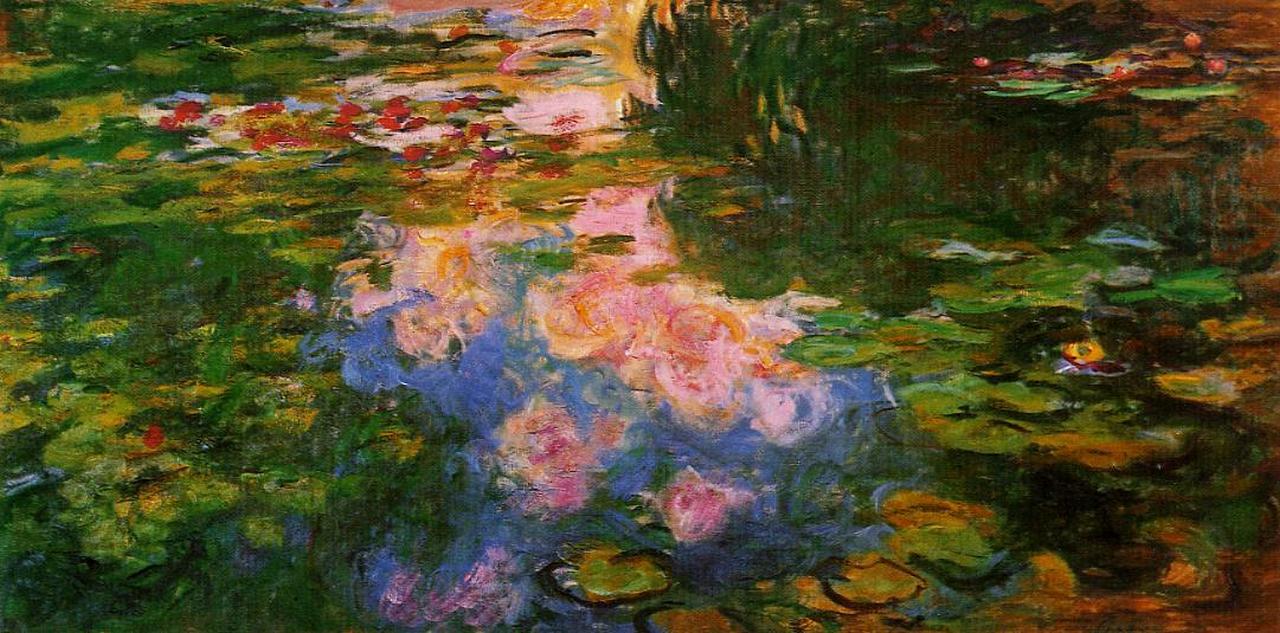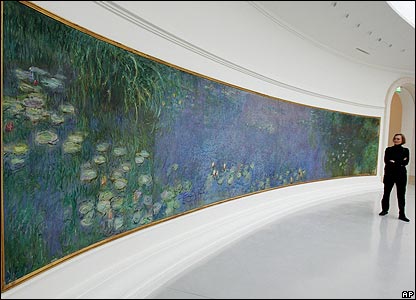This weekend on Friday and Sunday I will be playing a mixed classical recital, Concert Classics.
I enjoy playing, and compiling, programmes like these. The mixed of sounds, textures and style in a short programme are exciting to work with.
PART 1
I begin with a selection of three Domenico Scarlatti Sonatas. These provide a brilliant and bristling opening to the programme. Scarlatti published 30 of these pieces as Essercizi ("Exercises") in 1738. He wrote a whopping 555 of these Sonatas in total. Each one is a unique gem. Written for harpsichord, the sonatas work equally well (in my opinion) on the modern piano.
Here are some examples; the same sonata played by the American harpsichordist Scott Ross, the first musician to record all 555 sonatas, then played by Howoritz in his historic return to Moscow, and then by one of my favorite pianists Ivo Pogorelich (more about him later!).
Above is more from Pogorelich (plus Bach and Beethoven in an extended recital ) plus a set of the 555 Sonatas with better quality audio only played by Scott Ross.
PART 2
The Haydn Variations in F minor (also known as 'Un piccolo Divertimento') are a unique set of variations in their use of a double variation form. The theme itself, which is the base for the variations, is in two equal parts; one major and one minor key. The variations are considered one of his greatest works. The dramatic range of the final section makes quite an impact.
Chopin's Polonaises are grand affairs but the Polonaise in F-sharp minor op 44 is an extraordinarily powerful piece. For me it is one of the composers most strident and driven compositions. I think that is why I like it so much. Robert Schumann called Chopin's polonaises 'cannons buried in flowers'. Chopin expressed his patriotic fervor for his homeland Poland in a truly robust and heroic way in these pieces. The mid-section has a 'dry' and brittle section in the style military drum beat. A gentle flowing mazurka ensues.
Here are clips showing the traditional Polish polonaise along with some interesting history. Ignore the 'groovy' music. Also below is Polonaise op 44 played quite brilliantly played by a young Russian pianist I know nothing of, but playing very convincingly, at the Chopin Competition 2010.
PART 3
The section of 'water themed' music includes some of my favorite music by Debussy, Ravel and Liszt.
Liszt's "Les Jeux d’eaux à la Villa d’Este" is a direct inspiration for much of this music. Liszt was a frequent guest of the acting cardinal at the Villa d’Este, situated in Tivoli near Rome. His “Jeux d’eaux” describe the glittering fountains, part of the water features at the villa. Liszt also added a quotation from the Bible with the following quotation from the Gospel according to St. John (4, 14): " For the water I give him will become in him a fountain of the eternal life". In accordance with his increasing orientation towards religious themes from the 1860s onwards, Liszt apparently had more of a religious pilgrimage in mind.
Something of the Villa and the fountains can be seen in the middle clip below. Liszt's "Les Jeux d’eaux à la Villa d’Este" is played by Claudio Arrau, who studied with one of Frans Liszt's most dedicated pupils, Martin Krause. Arrau recorded this piece several times during his long career.
Debussy's Images are performed above in a TV studio recording by Michelangeli, a pianist inextricably linked with these pieces. I find it incredible, and enthralling, to see his detailed and fluid physical motions, perfectly calculated to this music.
For me it seems so appropriate to link Monet's Nymphéas or water lilies (1904 - 1926) to this music composed by Debussy in 1905. Created at almost the same time Debussy was trying to create a music that relied on the resonance of the piano and its sustaining quality or blending notes and overtones. He wanted it sound as though the piano didn't have hammers - something of a paradox as the hammer strikies on the strings of the piano create the sound and vibration. The same components in the artworks of Monet, where shards of light, glimmer and ripple on water, seem a perfect companion to Debussy's Reflets dan's l'eau or 'Reflections in the water' and Poissons d'or or 'Goldfish'; the first and last of the 6 pieces of Images.
I have included several pics below. First to see, and I was surprised when I came face to face with one of these paintings, the shear scale of the artwork. And second, the detail. Only up close does one becomes aware of the jagged, rough edges and suggestions of shape and form. These blend into smoother outlines from afar. In Poissons d'or Debussy was inspired by a Chinese lacquer, of two gold fish, he kept on his desk. The way Debussy captures the shimmering and glimmer of light on two fish in the water is quite miraculous.The exact panel images belonging to Debussy are last in the gallery.
The last work on the programme is Ondine from Ravel's Gaspard de la Nuit. Like the Liszt and Debussy pieces a wonderfully evocative extra musical idea prompts inspiration. The poem by Bertrand tells the tale of the water nymph who attempts to lure mortals to their death, promising a life beneath the waves. The watery landscape, her pleading voice, her fathers call from the depths of the water and eventual anger at the poet's rejection of her, are all evident.
But when one mentions the work Gaspard one pianist (at least in pianistic circles) always comes to the conversation - Ivo Pogorelich. Having recorded Gaspard in what many view as one of the most compelling and riveting piano performances of all time, Pogorelich is a controversial figure in the music industry. After being eliminated from the semi-final round in the 1980 Chopin Competition in Poland, causing jury member and pianist Martha Argerich to resign in protest, Pogorelich went on to a stellar career and major recoding series though his infamous approach and 'wayward' interpretations. I grew up with these recordings and in fact many of his interpretations are the first I heard of these works. So they seem quite normal to me. I am fascinated by his playing. You can't ignore it. The technical presentation is flawless
The videos below show the initial interview, story and performance of Gaspard de la unit, as filmed by the BBC ( remember to turn on subtitles in settings - this version has been dubbed), plus footage of his original Chopin competition performances - the ones that caused caused all the trouble. Ironically 20 years later his presence is on the concert circuit is still controversial. Interesting reading as viewed by a pianist colleague.






